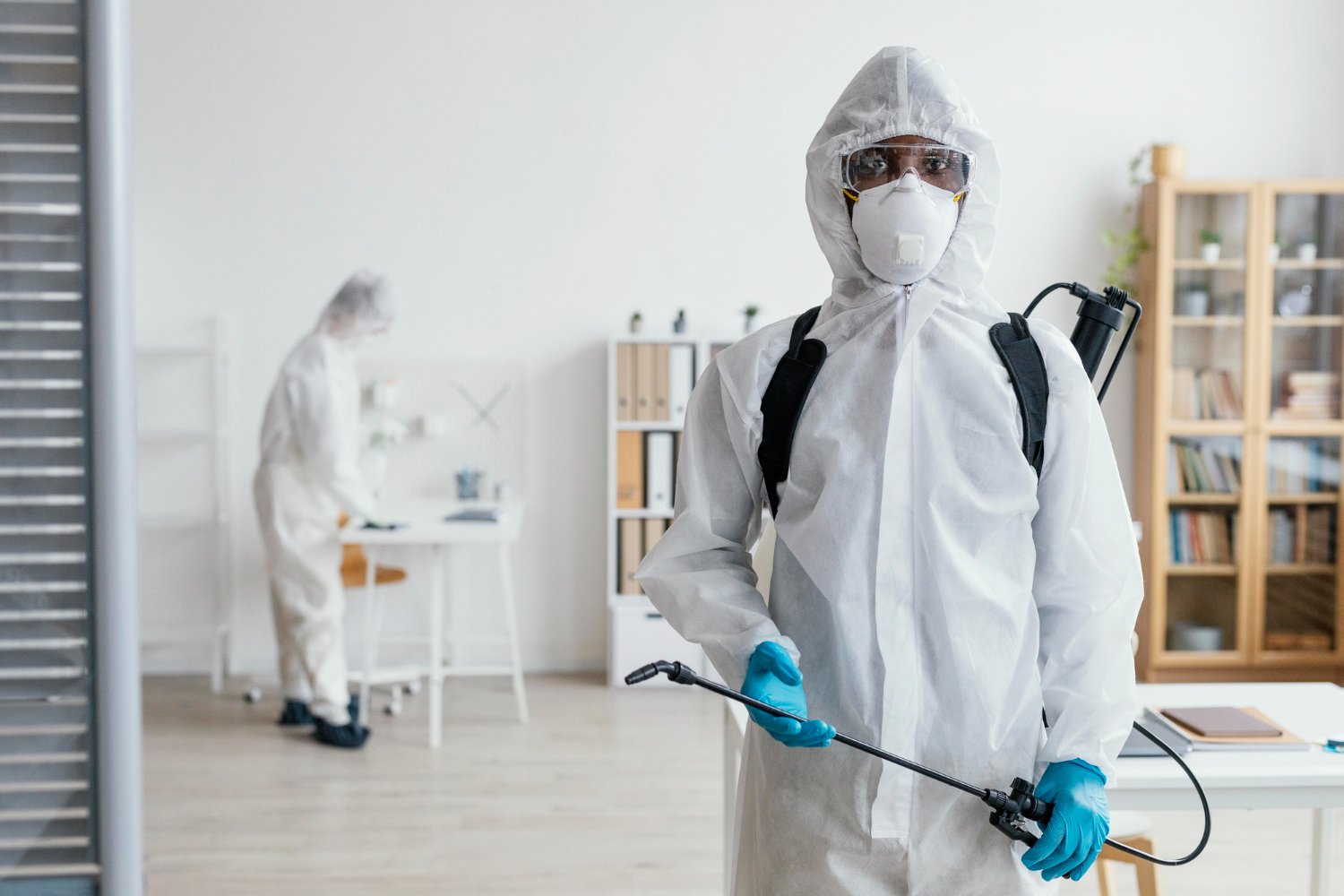High Quality A1 Pest Control Services Charlotte - Safeguard Your Home
High Quality A1 Pest Control Services Charlotte - Safeguard Your Home
Blog Article
Bed Insect Therapy Break Down: Comparing Chemical Vs. Non-Chemical Solutions
In the realm of insect control, especially when handling the relentless problem of bed pests, the choice in between chemical and non-chemical treatment options can be a pivotal one. Both approaches offer distinctive advantages and disadvantages, influencing factors such as effectiveness, security factors to consider, and total price. By taking a look at the nuanced information of each technique, a more clear understanding of which course to pursue in dealing with a bed bug invasion can be attained.
Performance of Chemical Therapies
Chemical therapies for bed bug invasions have actually been extensively acknowledged for their potent and fast efficacy in removing these bugs. When considering the performance of chemical therapies, it is essential to recognize that they can provide a quick and detailed remedy to a bed pest problem. Professional pest control experts commonly depend on insecticides to target bed insects at different phases of their life process, consisting of grownups, eggs, and fairies. These chemicals usually work by interfering with the bed bugs' anxious system, resulting in paralysis and ultimate death.
Furthermore, chemical therapies have the advantage of using residual effects, meaning that they can proceed to remove bed pests also after the preliminary application. This residual action is particularly helpful in combating any kind of possible re-infestations. In addition, the rapid action of chemical therapies can bring relief to people encountering severe bed bug invasions, enabling them to regain control of their living spaces swiftly.
Safety Interest In Chemical Solutions
One essential element that calls for careful factor to consider when utilizing chemical remedies for bed bug therapy is making sure the safety of passengers and the setting. Exposure to particular chemicals utilized in bed bug therapies can lead to respiratory concerns, skin irritability, or other negative reactions, especially in individuals with pre-existing problems or level of sensitivities.
Additionally, the ecological impact of chemical services is another considerable consideration. Some chemicals made use of in bed pest therapies might be harmful to useful insects, wild animals, and communities if they seep into the soil or water systems. It is essential to utilize chemical therapies judiciously, adhering to security guidelines, and taking into consideration much less toxic alternatives to minimize these dangers and make certain the effective and secure monitoring of bed insect infestations.
Benefits of Non-Chemical Approaches
Taking into consideration the potential safety and security worries and environmental effect linked with chemical services for bed insect therapy, checking out non-chemical methods offers a promising alternative with several unique benefits. Non-chemical treatments are eco pleasant, as they do not contribute to air or water pollution, making them a lasting option for bug control.
Furthermore, non-chemical options can be efficient in targeting bed bugs, consisting of hard-to-reach areas where chemical therapies may not pass through - A1 bed bug exterminator charlotte. Techniques such as warmth therapy, vacuuming, vapor cleansing, and bed mattress encasements provide complete elimination without the use of unsafe chemicals.
Limitations of Non-Chemical Treatments

In addition, non-chemical treatments usually require several applications to attain successful obliteration. This can be lengthy and may not constantly ensure total removal of all bed insects and their eggs, especially in surprise or hard-to-reach places.
In addition, the success of non-chemical therapies greatly relies on appropriate implementation and thoroughness, which can be testing for people without expert expertise. Inadequate application of non-chemical approaches may cause insufficient elimination, bring about consistent invasions and the need for additional treatments.
Therefore, while non-chemical treatments have their benefits, it is vital to recognize these limitations and consider them when establishing the most efficient method for managing bed bug problems.
Expense Contrast: Chemical Vs. Non-Chemical Options
Given the limitations connected with non-chemical treatments, a vital facet to evaluate in the context of bed bug administration is the cost comparison between chemical and non-chemical alternatives. Chemical treatments commonly involve the application of insecticides by professionals, which can range from $250 to $900 per room, depending upon the intensity of the infestation and the size of the area to be dealt with. In comparison, non-chemical therapies like heat therapy or heavy steam can be a lot more costly, with expenses varying from $1,000 to $6,000 for a whole home. While the first price of chemical treatments might seem lower, several therapies may be getting rid of rats required to completely remove the invasion, potentially raising the total expense. On the other hand, non-chemical options might supply an extra lasting and green service, although they can be cost-prohibitive for some individuals. Eventually, when considering the price of bed insect treatment alternatives, it is very important to evaluate the ahead of time expenses versus the effectiveness and long-lasting sustainability of the selected technique.
Final Thought

Thinking about the potential safety and security problems and ecological impact associated with chemical options for bed bug treatment, exploring non-chemical methods provides a promising choice with a number of unique benefits.Offered the limitations associated with non-chemical treatments, a necessary facet to examine in the context of bed pest administration is the useful site expense comparison in between chemical and non-chemical options. In comparison, non-chemical treatments like heat therapy or steam can be much more costly, with prices ranging from $1,000 to $6,000 for a whole home. While the preliminary expense of chemical treatments might appear reduced, several therapies may be called for to completely eradicate the problem, possibly increasing the overall price.In final thought, when comparing chemical and non-chemical bed pest treatment alternatives, it see this site is necessary to take into consideration performance, safety, advantages, limitations, and expense.
Report this page